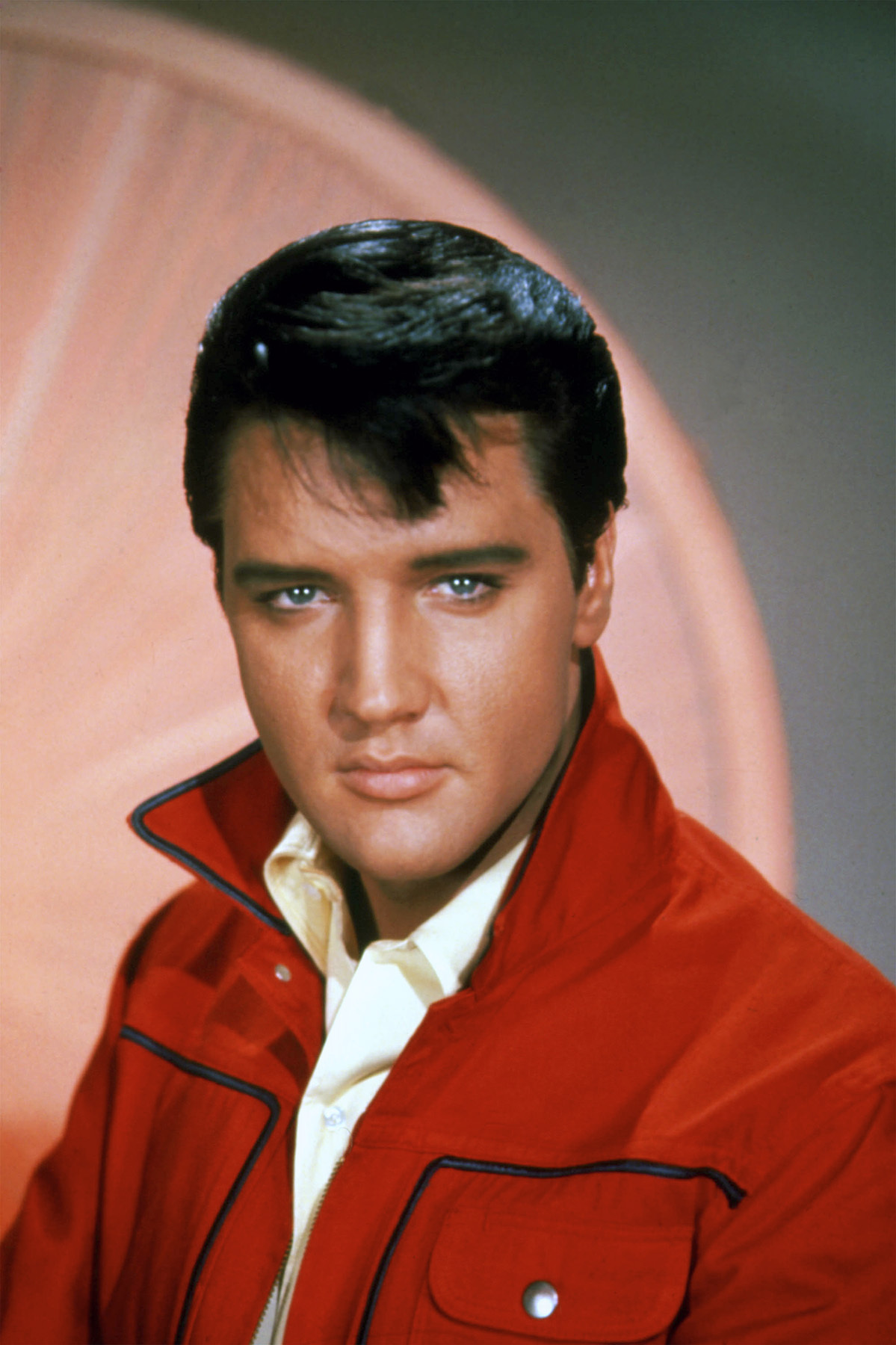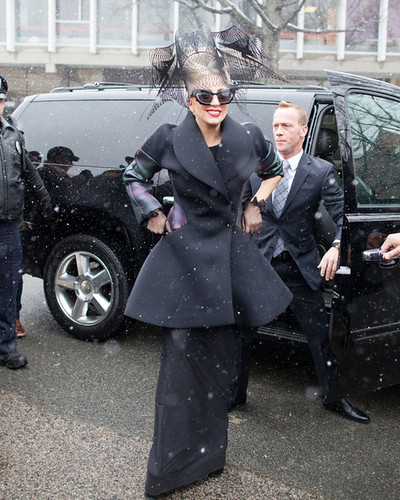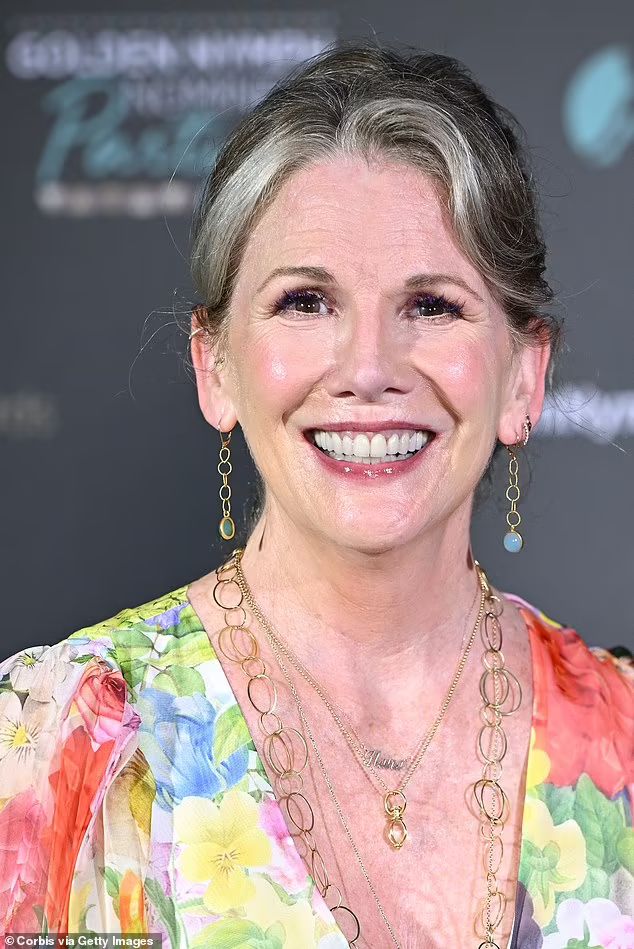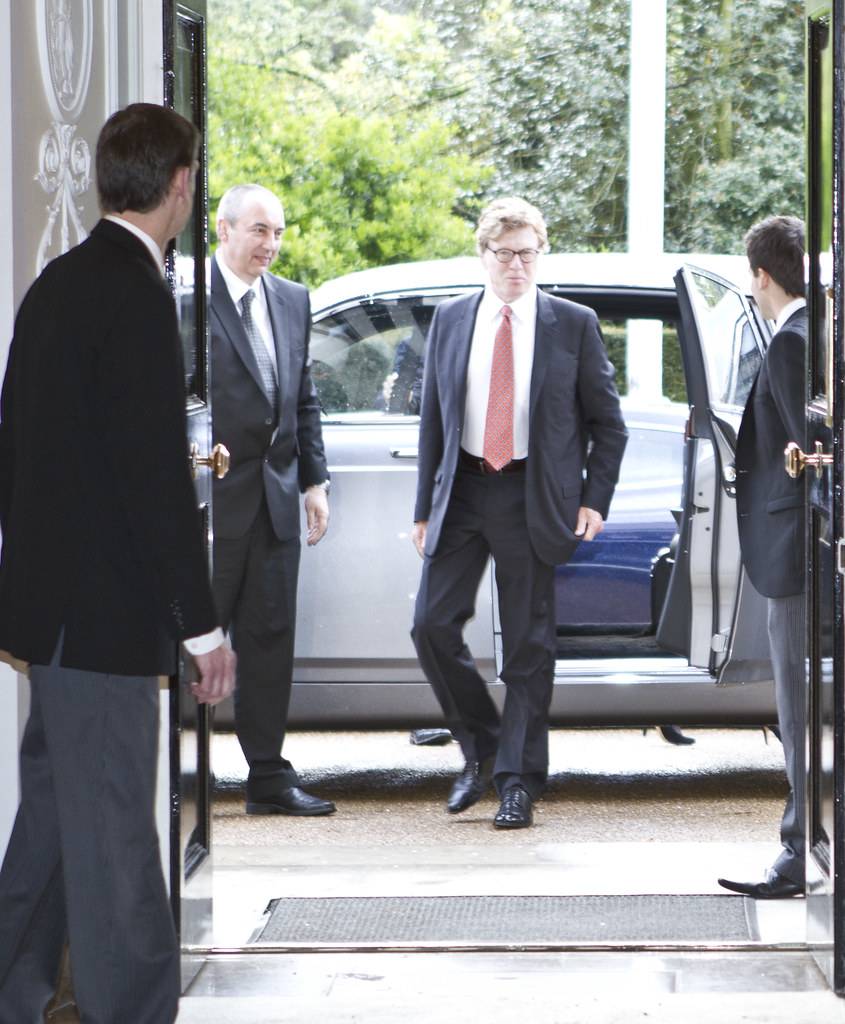
Robert Redford wasn’t just a Hollywood leading man; he was, in essence, a cultural compass whose magnetic presence helped define an era. This blond golden boy, who captivated audiences and critics alike, seamlessly evolved from the adventurous Sundance Kid into the nuanced political conscience of the ’70s, before gracing us with his Oscar-winning directorial vision and profoundly shaping independent cinema through the Sundance Institute. His unparalleled screen career spanned an impressive six decades, transitioning from an intriguing young actor in the 1960s to an esteemed éminence grise in the 21st century. Even after his passing at 89, Redford’s indelible body of work ensures that his charisma and profound influence will continue to resonate, perpetually shaping how we perceive both the power of stardom and the art of storytelling itself.
Indeed, Redford’s enduring legacy is a powerful testament to an actor who consistently pursued roles demanding both intellectual and emotional rigor, challenging not only himself but also his discerning audience. He embodied an astonishing spectrum of characters, from ambitious presidential candidates and cunning professional thieves to revered journalists, sharp legal eagles, and free-spirited electric cowboys. Each portrayal lent gravitas and a captivating charm to figures that often mirrored the complex social and political shifts of their respective decades. His performances were never just fleeting entertainment; they served as potent cinematic reflections of our collective aspirations, who we strive to become, and at times, the uncomfortable truths of who we fear we might be.
Within a career brimming with such memorable and impactful turns, the task of singling out the “essential” can feel like an almost Sisyphean endeavor. Yet, it remains a crucial exercise for truly appreciating the remarkable depth and breadth of his immense talent. We have meticulously delved into his extensive filmography, curating a definitive selection of his most impactful and revealing performances that truly encapsulate his singular artistry. Join us now as we embark on this journey, exploring the first half of these indelible cinematic milestones, charting the extraordinary course of a star who consistently pushed creative boundaries and, in doing so, definitively shaped the cinematic landscape of his time.
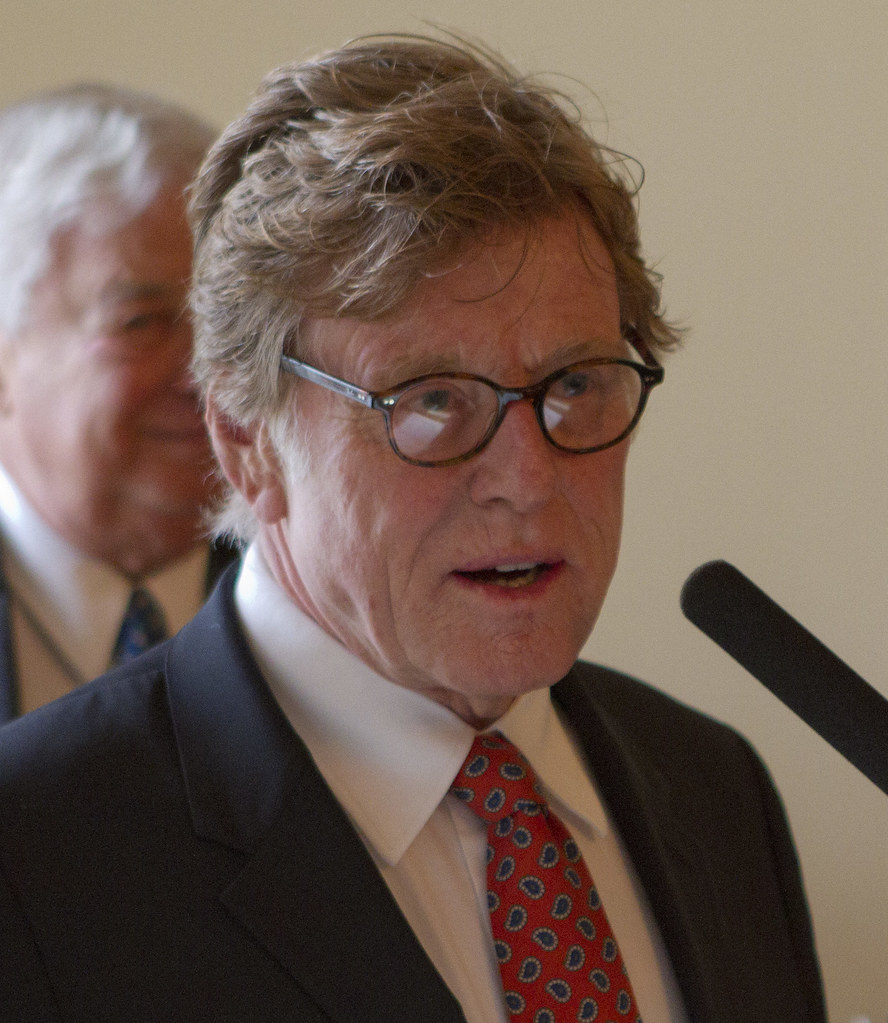
1. **‘The Chase’ (1966)**Before he became the undeniable household name we now revere, Robert Redford was an earnest, up-and-coming actor diligently building his resume with various bit parts on television and compelling stage performances. However, it was Arthur Penn’s 1966 Southern-fried melodrama, ‘The Chase,’ that truly served as a crucial turning point in his nascent career. This film arguably offered audiences their first comprehensive and proper glimpse at the immense capabilities of this burgeoning, future above-the-title star. Redford stepped into the shoes of Bubber Reeves, an escaped convict whose desperate return home unwittingly ignites a volatile, mob-mentality fervor among the townsfolk, setting the stage for a dramatic and tragic narrative.
What makes ‘The Chase’ so particularly significant in Redford’s early filmography is how it compellingly showcased his nuanced acting even amidst the film’s often frenetic and chaotic energy. While much of his performance involved his character being “literally on the run,” it was his remarkable ability to command attention and convey profound emotion during the quieter, more introspective moments that truly hinted at his future prowess. He demonstrated an innate capacity to communicate deep internal states and psychological turmoil without necessarily needing extensive dialogue, a skill that would become a distinctive hallmark of his later, more subtly powerful roles.
This dramatic turn, combined with his equally torrid and compelling performance in ‘This Property Is Condemned’ released just a few months later, collectively marked the unambiguous beginning of his ascent toward superstardom. ‘The Chase’ underscored Redford’s versatility and intensity, positioning him as a serious dramatic actor capable of holding his own against the era’s giants, and laying the groundwork for the multifaceted career that was soon to blossom, particularly evident in his chemistry with Jane Fonda.
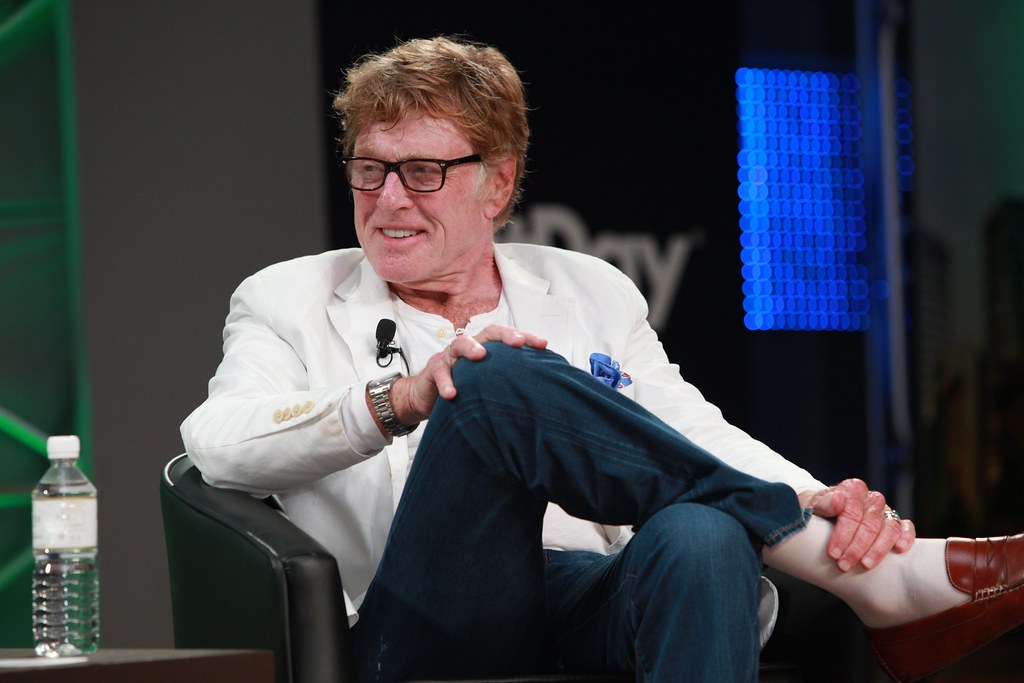
2. **‘Barefoot in the Park’ (1968)**After proving his considerable dramatic chops, Robert Redford seamlessly transitioned into the realm of romantic comedy with immense success in 1968’s ‘Barefoot in the Park,’ a role with which he was already intimately familiar. He had, in fact, originated the part of newlywed Paul Bratter in Neil Simon’s immensely successful 1965 Broadway production. This theatrical experience provided him with his first genuine taste of mainstream success, making his casting in the film adaptation a logical and, ultimately, brilliant decision, once again opposite his ‘Chase’ co-star Jane Fonda.
The film brilliantly captures the delightful yet frequently challenging “ups and downs” of a young couple attempting to navigate the complexities of their early marriage. Redford’s Paul Bratter, initially presented as the more “uptight,” conservative, and somewhat rigid half of the duo, provides the perfect, often exasperated, foil to Fonda’s wonderfully spontaneous and “live-in-the-moment” character. The narrative arc sees Paul gradually “learning to lighten up and follow his spouse’s lead,” a journey that audiences found both universally endearing and deeply relatable.
What truly elevates ‘Barefoot in the Park’ to an essential Redford film is the palpable and undeniable “rapport — and, frankly, heat — between the two” lead actors. Their on-screen chemistry was nothing short of electrifying, effortlessly selling the classic “conservative-versus-kooky dynamic” that formed the comedic and emotional heart of the story. Redford himself exhibited a remarkable and understated “casual sense of comic timing,” which not only highlighted his inherent ability to charm and entertain but also unequivocally signaled the commencement of his era as a genuine, bankable symbol.
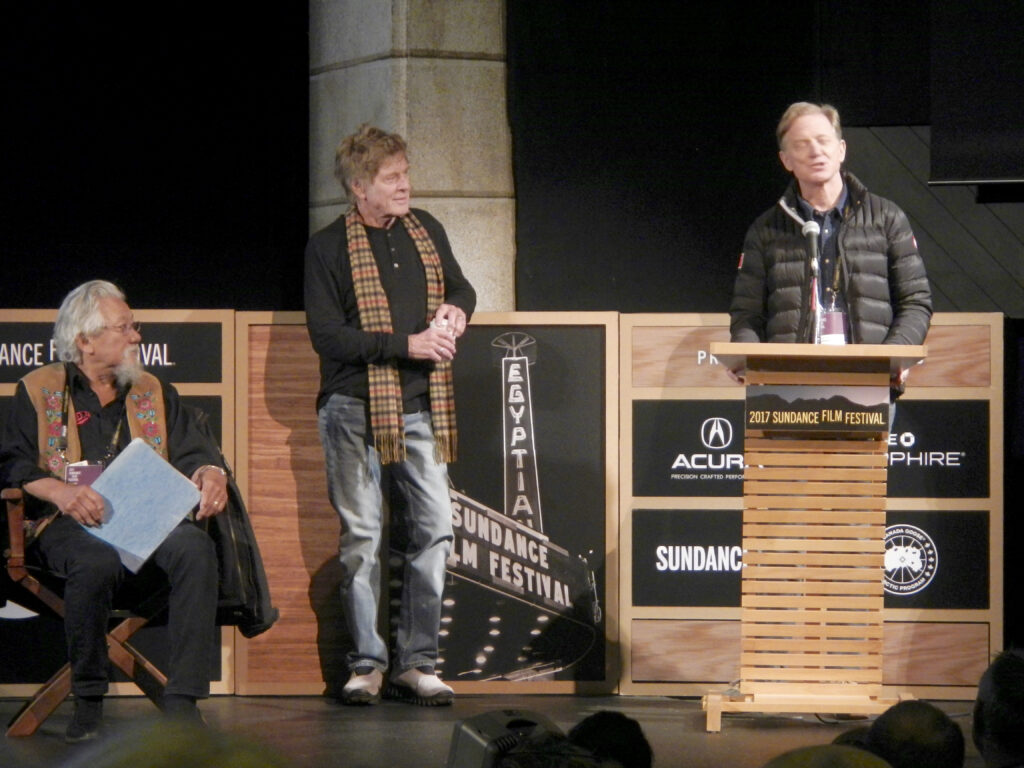
3. **‘Butch Cassidy and the Sundance Kid’ (1969)**’Butch Cassidy and the Sundance Kid’ is, without a doubt, one of the most iconic buddy-Westerns ever committed to celluloid, with a creation story as legendary as the film itself. William Goldman’s groundbreaking script was initially acquired by 20th Century Fox with the clear understanding that Paul Newman would play Butch Cassidy, a name that “guaranteed asses in seats.” However, the search for the perfect Sundance Kid proved elusive, with prominent actors reportedly declining the part.
It was Paul Newman’s discerning wife, Joanne Woodward, who, after seeing Robert Redford on Broadway, bravely suggested him for the pivotal role. This recommendation led directly to the birth of one of cinema’s most celebrated and enduring “bromances.” The seemingly effortless chemistry between Newman and Redford, portraying two charismatic members of the Hole in the Wall Gang as they “pal around” and “go on the lam together,” is so profoundly natural that it now feels “inconceivable that anybody else could have played these parts.”
Redford’s portrayal of Sundance perfectly complemented Newman’s “flinty rebelliousness” with his own distinctive “maverick streak,” creating a dynamic duo that was, in essence, “a love story between these two outlaws.” Their partnership was undeniably “a match made in heaven,” envisioning them as two figures “destined to jump off that cliff and face down the entire Bolivian army together.” This cinematic collaboration not only solidified Redford’s status as a bona fide superstar cowboy but also remarkably fostered a lifelong friendship between the two actors, and it’s often noted that Redford “never had a better co-star” than Paul Newman.
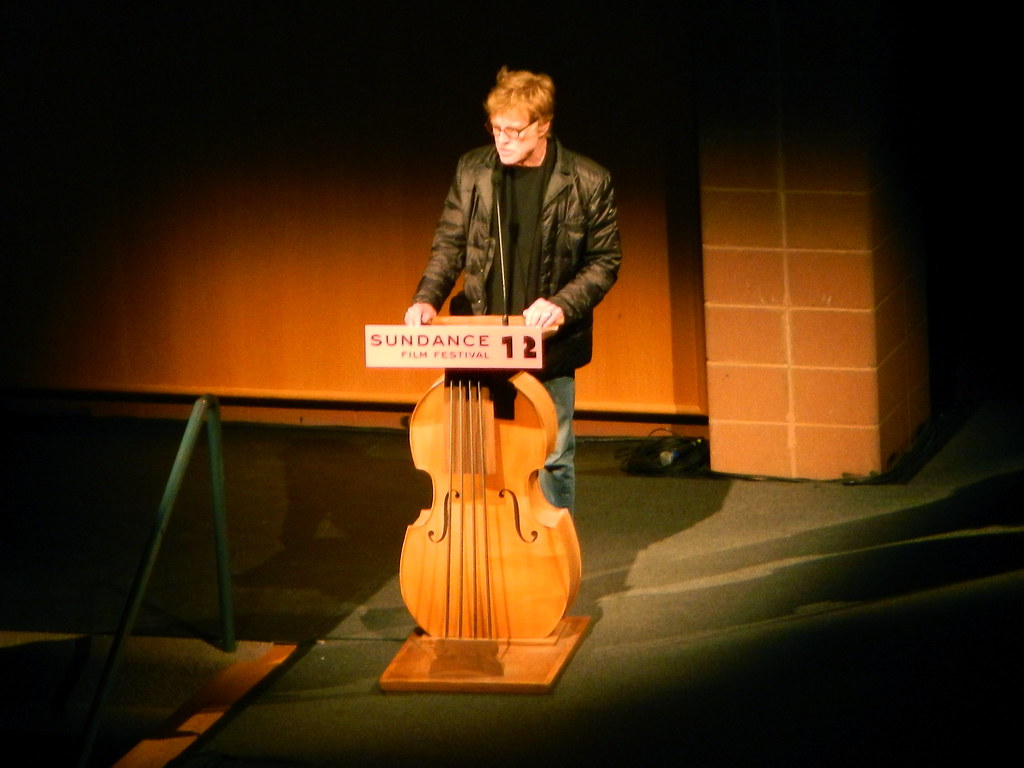
4. **‘Downhill Racer’ (1969)**Having established himself as an indispensable superstar cowboy with ‘Butch Cassidy and the Sundance Kid,’ Robert Redford then demonstrated his keen eye for diverse roles by venturing into “offbeat sports stories.” This included his compelling portrayal of an “obsessive skier” in the 1969 film ‘Downhill Racer.’ He vividly “hits the slopes,” often engaging in intense on-screen battles not just with the formidable mountain environment, but also figuratively with his U.S. Olympic ski team coach, played by Gene Hackman, creating a tension-filled dynamic.
‘Downhill Racer’ was far more than just another acting gig for Redford; it was deeply personal, a true “passion project.” His lifelong fanaticism for skiing was well-known, so much so that he had already begun the ambitious endeavor of building his own Sundance resort. Redford himself eloquently articulated this passion, stating, “For me, personally, skiing holds everything.” This deeply ingrained personal investment undoubtedly infused his portrayal with an authentic intensity, making his character’s ambition, single-mindedness, and struggle feel genuinely lived-in.
The film, notably shot extensively on location in the breathtaking vistas of Switzerland, also marked Redford’s inaugural foray into producing. This significant step signaled his growing desire for creative control and influence beyond merely acting. He exhibited a remarkably astute understanding of the underlying realities of the competitive world, sagely noting, “Politics surround this sport, like any business,” and highlighting that, “People are cruel to each other. And the sport is cruel, too, although usually you think only of the beauty of it.” This “cool, detached sports drama” allowed Redford to present an athlete whose demeanor was as “icy as the slopes” he conquered, solidifying his reputation for choosing roles with substance.
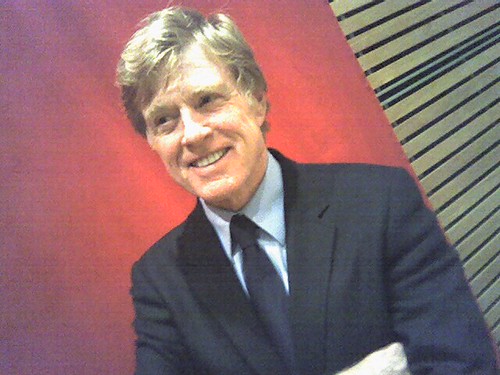
5. **‘The Candidate’ (1972)**As the turbulent 1970s truly took hold, Robert Redford emerged as the quintessential “JFK figure” of the decade, a persona brilliantly and incisively captured in Michael Ritchie’s sharp 1972 political satire, ‘The Candidate.’ In this remarkably prescient film, Redford embodies Bill McKay, an “innocent liberal preppie” who, despite being inherently “young, idealistic, handsome, and full of noble dreams,” finds himself rather reluctantly “drafted into his first political campaign.” His formidable opponent is a “powerful Republican senator from California,” setting the stage for a compelling and deeply cynical exploration of the American political machine.
The narrative meticulously charts McKay’s rapid and often disorienting journey as he “learns the game,” guided by the pragmatically “cynical operator” played by the inimitable Peter Boyle. What makes the film so profoundly poignant, and Redford’s central performance so utterly powerful, is the stark and almost inevitable depiction of how McKay is inexorably “corrupted by the political process” he initially hoped to change. Released with uncanny timing during the heated 1972 presidential election, ‘The Candidate’ accidentally but perfectly became “a perfect portrait of the nation in the era of Watergate,” proving remarkably prescient in its portrayal of how political idealism often collides with the harsh realities of compromise and power.
The enduring appeal and critical acclaim of ‘The Candidate’ lie squarely in Redford’s unique and captivating blend of talents. It demonstrably “thrives on Redford’s unique combination of natural golden-boy charisma, earnest moral grit, and sly comic chops.” This extraordinary synthesis allowed him to convey both the initial, unblemished purity of his character’s intentions and the eventual, bitter disillusionment with profound conviction and believable pathos. This film remains “one of the great Robert Redford movies for its prescient take on American politics,” solidifying his reputation not just as a charismatic star, but as a serious actor capable of delivering smart, socially relevant commentary.
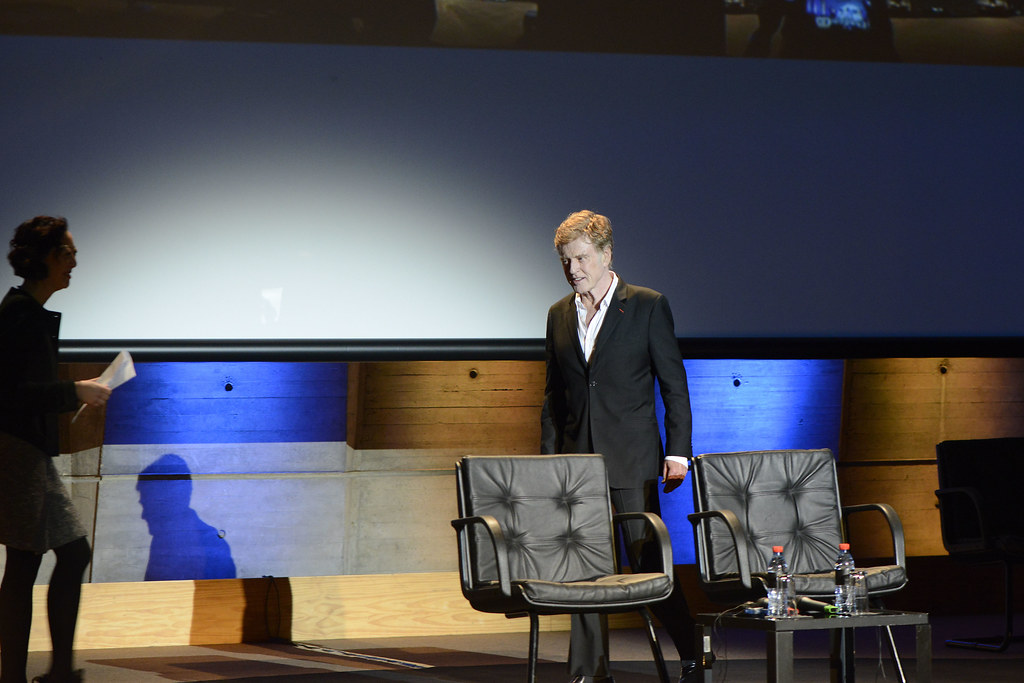
6. **‘The Hot Rock’ (1972)**If there was ever a film that perfectly encapsulated Robert Redford’s effortless, almost irresistible charm and his remarkable ability to inject charisma into even the most roguish of characters, it might just be 1972’s ‘The Hot Rock.’ Indeed, as famously quipped in ‘The Brady Bunch’ by Alice, who once declared she wanted her ashes thrown on Redford, this film provides ample evidence as to precisely why. Here, Redford is arguably “at his most fetching,” portraying a “wily jewel thief” who is the very embodiment of “devil-may-care charm at its blondest,” making criminality look impossibly alluring.
‘The Hot Rock’ itself is a delightfully “comic New York City heist caper,” an adaptation of a Donald Westlake crime novel brought to the screen with a distinctive flair by director Peter Yates. Filmed authentically “on location in the early 1970s,” it masterfully captures the gritty yet vibrant essence of a pre-“Ford to City: Drop Dead” era New York. The intricate plot revolves around Redford’s character, John Dortmunder, meticulously assembling a team of “Seventies legends” to execute an audacious and repeatedly complicated plan: to “steal a priceless gem from the Brooklyn Museum,” a task that proves far more troublesome than anticipated.
This breezy yet cleverly plotted caper showcases Redford’s remarkable versatility, proving he could deftly navigate the intricate timing and comedic demands of a crime thriller with the same conviction and appeal he brought to his more serious dramatic roles. His portrayal is imbued with a lighthearted swagger and an understated wit that makes the often-botched heist attempts and the ensuing chaos all the more entertaining and genuinely humorous for the audience. The film’s lasting cultural footprint is even marked by its unexpected embrace by the riot-grrrl generation, with the influential punk band Sleater-Kinney famously titling their 1999 album after it, a testament to the movie’s enduring, if unconventional, appeal.
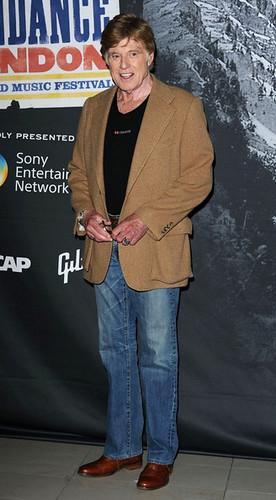
7. **‘Jeremiah Johnson’ (1972)**The year 1972 was a remarkably prolific and diverse one for Robert Redford, and ‘Jeremiah Johnson’ stands out as a singular, defining work that propelled him into an entirely new and enduring archetype: the rugged, introspective mountain man. Interestingly, this expansive “mountain-man epic” was initially conceived as a starring vehicle for Clint Eastwood. However, following Eastwood’s departure, Warner Bros. pivoted, wisely securing Redford for the challenging lead role, who then judiciously enlisted Sydney Pollack, his trusted director from ‘This Property Is Condemned,’ to adeptly call the shots.
This film truly represents what many refer to as “peak granola Redford,” a moniker affectionately used to describe his profound embrace of roles that deeply connected with nature, environmentalism, and a simpler, more untamed existence. It functions as a quintessential “thinking-man’s Western,” perfectly aligning with the star’s inherent “inner nature-lover and outer rugged-matinee-idol appeal.” Redford’s compelling portrayal of Jeremiah, a veteran soldier profoundly “disillusioned by society’s warring ways,” who seeks solace and a new, self-sufficient life as a solitary trapper in the vast, unforgiving Rocky Mountains, resonates deeply with timeless themes of escape, self-reliance, and a return to primal instincts.
Its enduring legacy goes far beyond just showcasing Redford’s remarkable “ability as an outdoorsman capable of giving a sublime performance.” It presciently foreshadowed his extraordinary capacity for powerful, almost “near-dialogueless” acting, as would be profoundly demonstrated in his later, critically acclaimed seafaring adventure ‘All Is Lost.’ This depth of performance, combined with the film’s socially conscious themes, solidified his status as “a great star for his socially conscious era,” proving that his appeal was not just superficial charm but stemmed from a commitment to meaningful storytelling. The film’s impact is such that, as the context playfully adds, “The fact that it also gave birth to the world’s greatest meme only makes us love it more,” a testament to its indelible mark.
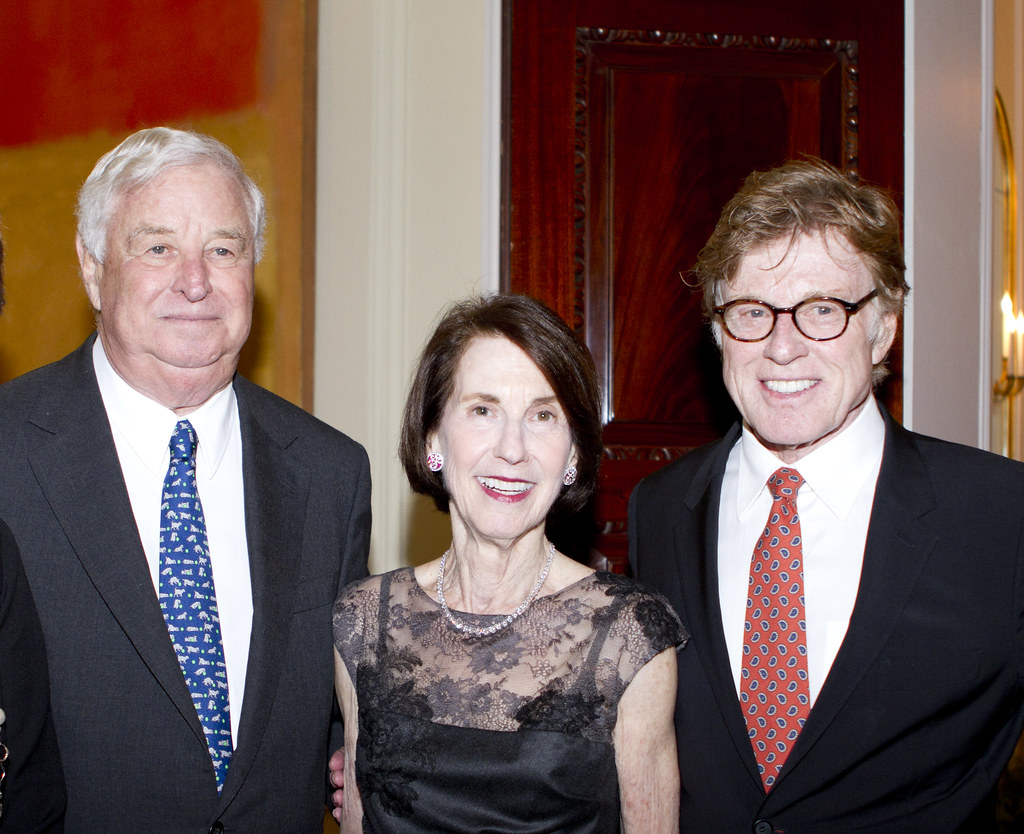
8. **‘The Sting’ (1973)**Returning to the unparalleled dynamic that sparked cinematic magic, Robert Redford reunited with co-star Paul Newman and director George Roy Hill for the spectacular 1973 caper, ‘The Sting.’ This film, a masterclass in engaging storytelling, perfectly embodies the essence of a con game, drawing viewers in with every intricate twist and turn, mirroring the delightful deception of a perfectly executed grift. Redford’s portrayal of Johnny Hooker, a charming and wily con man, became a defining role, cementing his legacy in a career full of iconic performances.
By this point in his career, Redford’s magnetic onscreen presence was not just known, it was a weapon he wielded with effortless precision. Hill, the astute director, consciously chose to amplify Redford’s blinding charm rather than conceal it, letting his tousled blond hair peek from beneath an ascot cap, showcasing his rakish good looks, infectious laugh, and that unforgettable, brilliant smile. This deliberate direction highlighted the sheer force of Redford’s star power, an undeniable allure that made it almost impossible for anyone to say no to his character’s schemes or his captivating persona.
The film itself is a piece of pure, unadulterated entertainment, a meticulously crafted narrative that resonated deeply with audiences and critics alike. It didn’t just become a box-office sensation; ‘The Sting’ would sweep the Academy Awards, clinching Best Picture among its seven Oscars. In a testament to his captivating performance, this film also garnered Redford what would remarkably be his sole Oscar nomination for acting, a fact that, given his prolific and profound career, seems like the ultimate cinematic con itself.
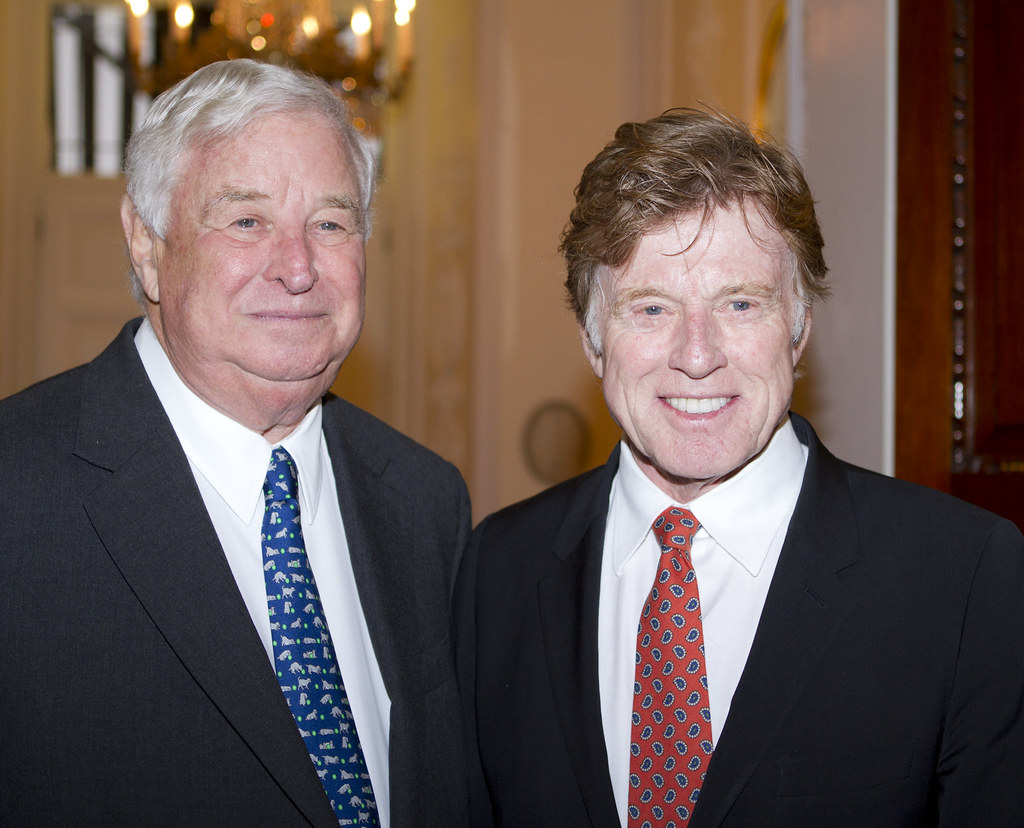
9. **‘The Way We Were’ (1973)**In a year of remarkable cinematic output, 1973 also brought us ‘The Way We Were,’ an iconic romantic drama that paired Robert Redford with the incomparable Barbra Streisand, creating one of the era’s most beloved screen couples. The film weaves a poignant tale of two star-crossed lovers whose disparate worlds collide during their college days in the 1930s. Streisand embodies a Marxist Jewish intellectual activist, a passionate and outspoken character, while Redford captivatingly portrays Hubbell Gardner, a charming blonde WASP novelist, the embodiment of effortless grace.
Their stormy romance, fraught with ideological clashes and undeniable attraction, navigates through the turbulent historical backdrops of World War II, the McCarthyism era, and the dark shadows of the Hollywood blacklist. The ‘StreisFord’ chemistry, the Brooklyn noodge against the Santa Monica tennis jock, was nothing short of extraordinary and off the charts, firmly establishing both actors as the quintessential romantic leads of their time. Their dynamic was a masterclass in how opposites not only attract but also generate profound emotional resonance on screen.
The film became one of 1973’s undeniable box-office sensations, its enduring appeal further amplified by Barbra’s evocative hit theme song, which continues to conjure misty watercolor memories for generations. As the astute Pauline Kael famously observed, “It’s good to see Redford with a woman again after all that flirting with Paul Newman,” perfectly encapsulating the widespread appreciation for Redford’s undeniable romantic lead prowess and his ability to ignite sparks with any co-star.
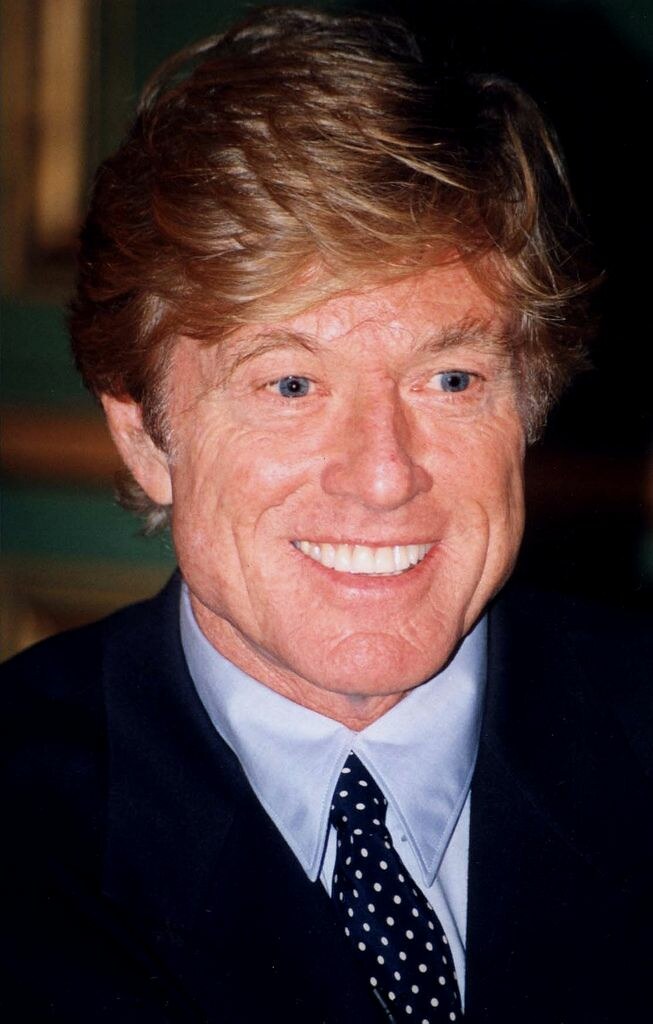
10. **‘The Great Gatsby’ (1974)**F. Scott Fitzgerald’s immortal 1925 novel, ‘The Great Gatsby,’ found its way to the big screen again in 1974, not as the first adaptation, but certainly as a defining one for its decade. This version, helmed by director Jack Clayton with a screenplay by Francis Ford Coppola, transformed the classic literary work into an opulent, over-the-top Hollywood fantasy of the Roaring Twenties. It was, without a doubt, a major Seventies blockbuster, immersing audiences in a world of extravagant parties and profound yearning.
Robert Redford stepped into the impeccably tailored shoes of Jay Gatsby, portraying the tormented bon vivant of West Egg with a commanding presence. His interpretation captured the quintessential Roaring Twenties idea of style, embodying a man who was both dazzling and deeply melancholic. Notably, Redford delivered the iconic line, “old sport,” with an understated conviction, less irony than perhaps ever heard before, making it entirely his own. He skillfully portrayed a man whose entire existence revolved around a singular, desperate desire, carrying an unwavering torch for Mia Farrow’s elusive Daisy, whose husband, Bruce Dern’s Tom, provided the perfect foil as her perpetually “jerk” husband.
What truly distinguished Redford’s portrayal was his ability to reveal the steely self-discipline and relentless ambition hidden beneath Gatsby’s obsessive social climbing and dazzling facade. He convincingly portrayed the dashing romantic Gatsby had always dreamed of being, not just a man of wealth, but a man of profound, if ultimately doomed, aspiration. Redford’s performance made audiences believe in the impossible dream, making the character both aspirational and tragic.
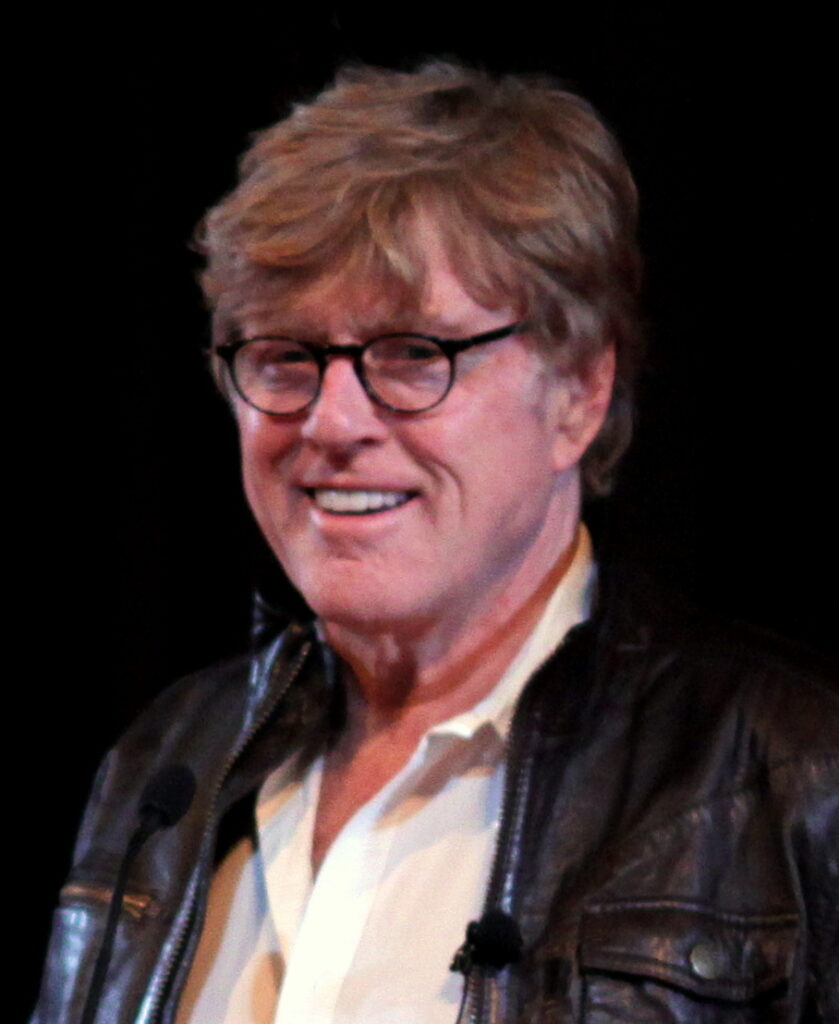
11. **‘Three Days of the Condor’ (1975)**As the mid-1970s ushered in an era of profound societal distrust and a pervasive sense of unease, few films encapsulated this woozy paranoia as effectively as Sydney Pollack’s taut 1975 thriller, ‘Three Days of the Condor.’ Robert Redford takes on the role of Joe Turner, a C.I.A. analyst operating under the code name ‘Condor.’ His ordinary lunch break turns into a nightmare when he returns to his Upper East Side office in New York to discover his entire team brutally murdered.
What unfolds is a harrowing realization: the massacre was an inside job, orchestrated by his own intelligence agency. Suddenly, the analyst is thrust into a desperate fight for survival, forced to go on the run before assassins can track him down and tie up all loose ends. Redford’s character gets an intense workout, frantically navigating the bustling streets of Manhattan, cleverly outwitting his betrayers, and even finding time to woo Faye Dunaway, all within the span of a few frantic afternoons.
Redford excels as a thinking-man’s action hero, imbuing his character with an intellectual prowess that elevates the typical thriller narrative. Even amidst the post-Watergate bad vibes and the overwhelming threat to his life, he remarkably maintains his cool, portraying a man caught in a labyrinth of conspiracy yet unwilling to succumb to panic. The film masterfully captures the era’s pervasive sense of suspicion, solidifying Redford’s reputation for starring in smart, politically charged dramas.
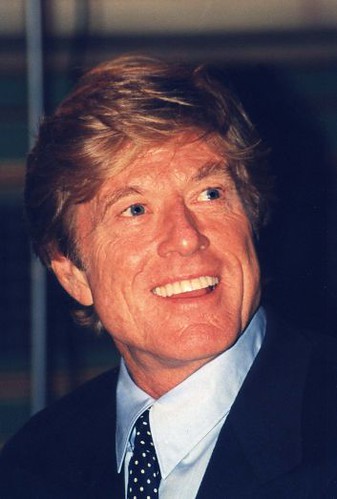
12. **‘All the President’s Men’ (1976)**In what is arguably one of Robert Redford’s most critically important films, both as an actor and as a driving force behind its production, ‘All the President’s Men’ brought the gripping story of the Watergate scandal to the silver screen in 1976. Bob Woodward, the real-life journalist, might humorously concede that casting “the most handsome man alive” to play him was a generous choice. While Redford’s inherent charisma might initially seem like an unlikely fit for a rumpled, workaholic journalist, his presence undeniably helped make the complex “medicine go down” for audiences asked to spend two hours sniffing out leads.
Crucially, it was Redford himself who spearheaded Alan J. Pakula’s meticulously rigorous and fact-based newspaper procedural. His dedication was evident from the outset, as he purchased the rights to Woodward and Carl Bernstein’s groundbreaking book detailing their methodical uncovering of the Watergate cover-up. This genuine, deep-seated interest in the material profoundly colored his performance, which eschewed any “movie-star grandstanding” at every turn. Instead, he delivered an “unfussy, focused professionalism” that lent authenticity to the unglamorous nature of investigative reporting.
Redford truly disappeared into the work, a remarkable feat for a Hollywood legend of his wattage, looking entirely at home with a phone balanced on one shoulder and a stack of documents under his nose. No self-flattery was necessary for writers to see themselves in his portrayal of the Washington Post veteran, as Redford fully committed to the grind, turning journalism into cinematic heroism. The film remains a textbook example of how Hollywood can dramatize truth while maintaining thrilling suspense, offering a profound commentary on power and accountability.
Read more about: 14 Iconic ’70s Actors Who Were Totally Robbed of an Oscar (Seriously, How?!)
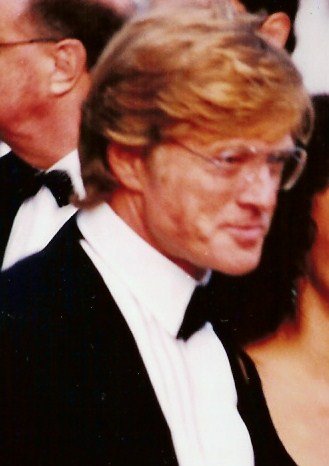
13. **‘The Electric Horseman’ (1979)**As the 1970s drew to a close, Robert Redford delivered one of his most roguishly charming performances as Sonny Steele in the 1979 film ‘The Electric Horseman.’ Steele is a washed-up, perpetually drunken rodeo star whose disillusionment leads him to an audacious act: stealing a million-dollar horse from an abusive conglomerate, riding it dramatically down the vibrant Las Vegas strip, and aiming to turn the magnificent creature loose into the wild. It’s a compelling premise that plays perfectly to Redford’s anti-hero appeal.
Directed by his frequent collaborator Sydney Pollack, the film is, on the surface, a “cops-and-cowboys lark of the highest order.” However, Redford’s performance elevates it into something far more profound—a genuine, heartfelt appreciation of the American West, encompassing both its awe-inspiring geography and its rich, fading culture. He embodies a deep connection to the land and a defiant spirit against corporate encroachment, giving the film an underlying gravitas.
When Jane Fonda’s city-slicker reporter, Hallie Martin, catches up with Steele out in the expansive desert, she slowly but inevitably melts under the influence of the rough-hewn wrangler’s intimate knowledge of the land. “This country’s where I live,” Steele matter-of-factly states, encapsulating his unwavering bond with the wilderness. Naturally, the two fall in love, but Steele, ever the drifter and a symbol of untamed freedom, cannot be tied down, just like the horse he liberates; he needs to be free, reflecting a timeless American archetype.
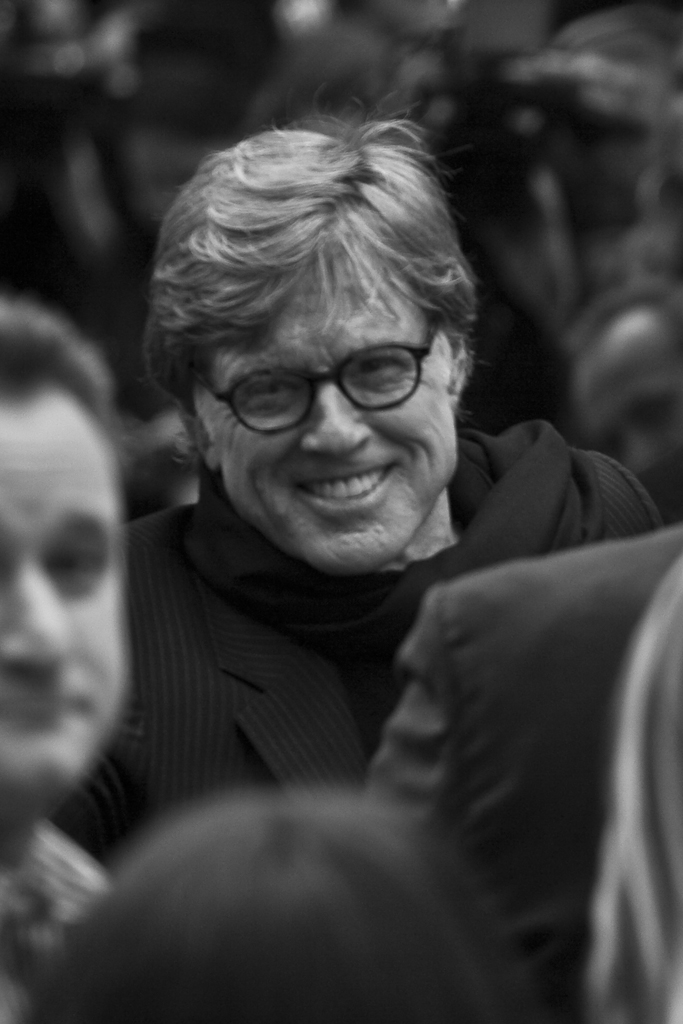
14. **‘The Natural’ (1984)**In 1984, Barry Levinson’s adaptation of Bernard Malamud’s somber novel, ‘The Natural,’ brought a mythic quality to the game of baseball, albeit with a significant Hollywood alteration to its ending. While Malamud’s original cautionary tale saw its hero, Roy Hobbs, neither winning the big game nor riding off into the sunset, the film understood the irresistibly mythic appeal of seeing Robert Redford step up to the plate. His side bleeding, he hits the walk-off home run that clinches the pennant for the New York Knights, a glorious moment serenaded by Randy Newman’s stirring score as he runs the bases in slow-motion.
Redford’s portrayal of Roy Hobbs found the golden-boy star comfortably shifting into middle age onscreen, presenting an aging athlete filled with profound regret but intensely determined to make things right, both on and off the diamond. He imbued Hobbs with a blend of rugged charisma and poignant vulnerability, making the character’s journey from mysterious newcomer to revered legend deeply compelling. The film’s iconic final home run sequence became one of cinema’s most enduring sports moments, a testament to its powerful emotional resonance.
If Redford’s daring 1970s films, such as ‘Three Days of the Condor’ and ‘All the President’s Men,’ masterfully utilized his stardom to create provocative dramas that delved into the dark side of America’s political climate, ‘The Natural’ offered a distinctly different, yet equally powerful, narrative. Here, he presented a bittersweet fantasy of redemption and hope restored, portraying a character who, despite past mistakes, finds a path to grace. He was rarely more moving, or indeed, more beautifully expressive, solidifying this film as one of the quintessential Robert Redford movies.
From the political battlegrounds and the gritty urban landscapes of heist capers to the untamed wilderness and the mythic fields of baseball, Robert Redford’s cinematic journey is a testament to an artist who never shied away from challenging roles or profound storytelling. He didn’t just appear in movies; he breathed life into characters that resonated deeply with the times, shaping not only the narrative of American cinema but also our collective understanding of heroism, morality, and the human spirit. His films, enduring reflections of who we are and who we aspire to be, continue to captivate and inspire, ensuring that the legacy of this incomparable star will shine brightly for generations to come.

